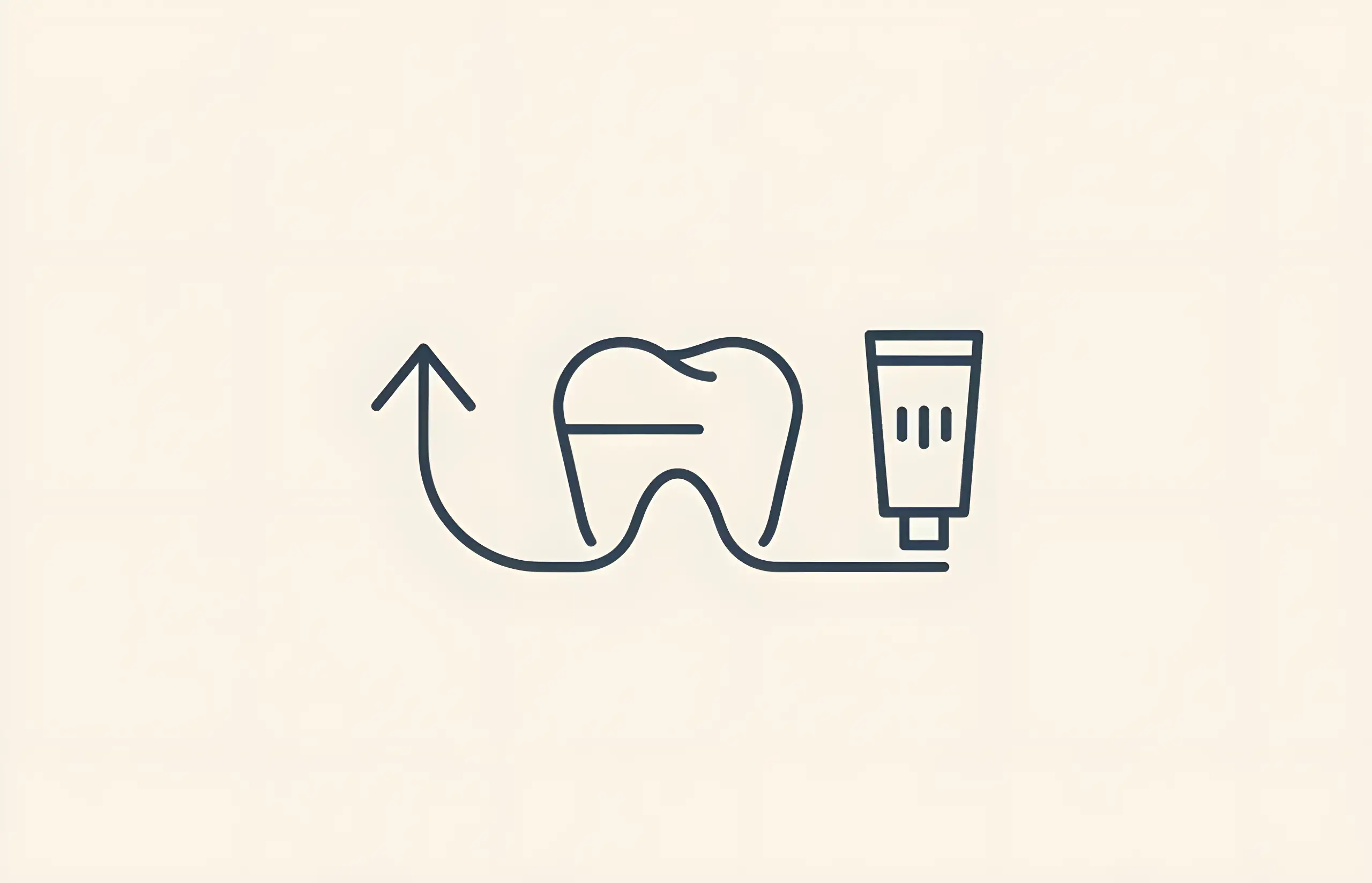If you have spent money on dental veneers, you want them to last for as long as possible. A big part of the care regime is choosing the best toothpaste for veneers. But with so many options available, how do you decide which toothpaste is best?
In this article, we share everything you need to know about caring for your veneers, and what to look for in a toothpaste.
Can Toothpaste Damage Veneers?
Toothpaste itself isn't going to damage your veneers. The issue is the abrasiveness of the toothpaste. If the formula is too abrasive, then you may be scratching and dulling the surface of your veneers. Over time, abrasive toothpaste can lead to a rough surface that harbors bacteria and reduces the aesthetic appearance of your veneers.
Research shows that surface roughness exceeding 0.2 micrometers promotes bacterial plaque accumulation. When you brush with highly abrasive toothpastes, you gradually increase the surface roughness of composite veneers, creating an environment where biofilm can accumulate more easily.
The strength of porcelain material is largely determined by its surface roughness. Rougher surfaces concentrate stress locally due to surface irregularities, potentially initiating crack propagation at stress concentration points. This is why selecting the right toothpaste is so important for long-term veneer maintenance.
What is RDA?
RDA stands for Relative Dentin Abrasivity. It is a measure of how abrasive a toothpaste is. The RDA scale ranges from 0 to 250, with higher numbers indicating more abrasive formulas:
- RDA 0-70: Low abrasive (safe for veneers)
- RDA 70-100: Medium abrasive
- RDA 100-150: High abrasive
- RDA 150-250: Very high abrasive (avoid for veneers)
For veneers, you want to look for toothpaste with an RDA value below 70. These low-abrasive formulas will clean your teeth effectively without damaging the surface of your veneers.
Porcelain vs Composite Veneers
It's important to understand that porcelain and composite veneers have different properties when it comes to abrasion resistance.
Porcelain veneers are highly resistant to abrasion and maintain their smooth surface better than composite materials. Research shows that polished ceramic surfaces demonstrate superior biocompatibility compared to glazed surfaces, and they resist toothbrush abrasion very well.
Composite veneers are more susceptible to surface roughness changes from toothbrushing. A systematic review found that most resin-contained CAD/CAM materials were affected by artificial toothbrushing, with materials like Cerasmart and Shofu Block HC demonstrating greater susceptibility to brushing-induced roughness changes. However, materials like Lava Ultimate and Vita Enamic showed more resistance to surface degradation.
The variation correlates with material composition, particularly filler content and polymer matrix percentages. This means that correct knowledge of the composition of the dental material and toothpastes is fundamental to avoid an increase of surface roughness on your restoration.
Ingredients to Avoid
When choosing toothpaste for veneers, avoid these abrasive ingredients:
- Baking soda (sodium bicarbonate): Highly abrasive and can scratch veneers
- Charcoal: Very abrasive and not recommended for any cosmetic dental work
- Silica: Common in whitening toothpastes, can be too abrasive
- Calcium carbonate: Another abrasive used in whitening formulas
- Stain removers: Often contain harsh abrasives
Whitening toothpastes are particularly problematic because they rely on abrasive particles to remove surface stains. While this might work on natural teeth, it can damage the surface of your veneers, especially composite veneers.
What to Look For
The best toothpaste for veneers should have:
- Low RDA value (below 70)
- Fluoride for cavity protection on natural teeth
- No harsh abrasives (avoid baking soda, charcoal, silica)
- Gentle cleaning agents
- pH-balanced formula
Some good options include:
- Toothpastes labeled "for sensitive teeth" (often low RDA)
- Fluoride toothpastes without whitening agents
- Gel toothpastes (typically less abrasive than paste formulas)
- Toothpastes specifically designed for cosmetic dental work
Always check with your dentist for their specific recommendations based on the type of veneers you have.
Proper Brushing Technique
Even with the right toothpaste, improper brushing can damage your veneers. Follow these guidelines:
- Use a soft-bristled toothbrush: Hard bristles can scratch veneer surfaces
- Gentle pressure: Don't scrub aggressively
- Circular motions: Use gentle circular motions rather than harsh back-and-forth scrubbing
- Brush twice daily: Morning and night for 2 minutes each time
- Floss daily: Remove plaque between teeth and around veneers
- Professional cleanings: Visit your dentist every 6 months
Research emphasizes that proper finishing and polishing procedures following chairside adjustments are essential for maintaining both mechanical integrity and oral health outcomes. Your dental hygienist should use non-abrasive prophylaxis pastes designed specifically for cosmetic restorations.
Long-Term Care
With proper care and the right toothpaste, your veneers can last 10-20 years or more. Here are some additional tips:
- Avoid grinding your teeth (ask about a night guard if you grind)
- Don't use your teeth as tools to open packages
- Limit staining foods and beverages (especially for composite veneers)
- Avoid smoking and tobacco products
- Maintain regular dental check-ups
- Address any chips or damage immediately
Remember that rougher surfaces of crowns, bridges, implant abutments, and veneer restorations accumulate and retain more plaque. Maintaining smooth surfaces through proper toothpaste selection and gentle brushing is critical for preventing biofilm accumulation and extending the life of your veneers.
Conclusion
Choosing the best toothpaste for veneers comes down to selecting a low-RDA formula without harsh abrasives. Avoid whitening toothpastes, charcoal products, and anything with baking soda. Look for gentle, fluoride toothpastes with an RDA below 70, and always use a soft-bristled toothbrush with gentle circular motions.
By following these guidelines and maintaining regular dental visits, you can keep your veneers looking beautiful for many years to come.
Sources and References
-
[1]
Toothpaste abrasion and abrasion-relevant characteristics of dentifricesInternational Journal of Dental Hygienehttps://pubmed.ncbi.nlm.nih.gov/23174029/
-
[2]
Effect of Toothpaste on the Surface Roughness of the Resin-Contained CAD/CAM Dental Materials: A Systematic ReviewJournal of Clinical Medicinehttps://pmc.ncbi.nlm.nih.gov/articles/PMC8836682/
-
[3]
The effect of surface roughness on ceramics used in dentistry: A review of literatureEuropean Journal of Dentistryhttps://pmc.ncbi.nlm.nih.gov/articles/PMC4253118/
-
[4]
Effects of prophylaxis paste on surface roughness of composite materials used in prosthodonticsJournal of Dental Research, Dental Clinics, Dental Prospectshttps://pubmed.ncbi.nlm.nih.gov/28096877/
-
[5]
Dental plaque as a biofilm and a microbial community–implications for treatmentJournal of Oral Bioscienceshttps://pubmed.ncbi.nlm.nih.gov/25385299/
All sources accessed and verified on . Medical information reviewed for accuracy and compliance with current guidelines.
Related Articles

Can Temporary Veneers Cause Pain?
Complete guide to temporary veneers including why they may cause discomfort, the procedure involved, preventive measures, and what to eat while wearing them

Can You Whiten Veneers?
Comprehensive guide to veneer whitening, why porcelain veneers resist bleaching, stain removal options, color matching strategies, and maintenance tips

A Guide to Composite Resin Veneers
Comprehensive information about composite resin veneers, including their uses, procedure, longevity, and how they compare to porcelain veneers

Should You Get Crowns or Veneers for Your Front Teeth?
Comprehensive guide comparing dental crowns and veneers for front teeth, including materials, uses, preparation requirements, longevity, and cost considerations

Should You Get Crowns or Veneers?
Comprehensive guide to choosing between dental crowns and veneers, including clinical indications, contraindications, insurance coverage, and decision criteria for optimal treatment outcomes

Dental Veneers – Before and After Pictures
Comprehensive guide to dental veneers transformation results, patient satisfaction rates, aesthetic outcomes, smile makeover success, and clinical evidence from before and after studies
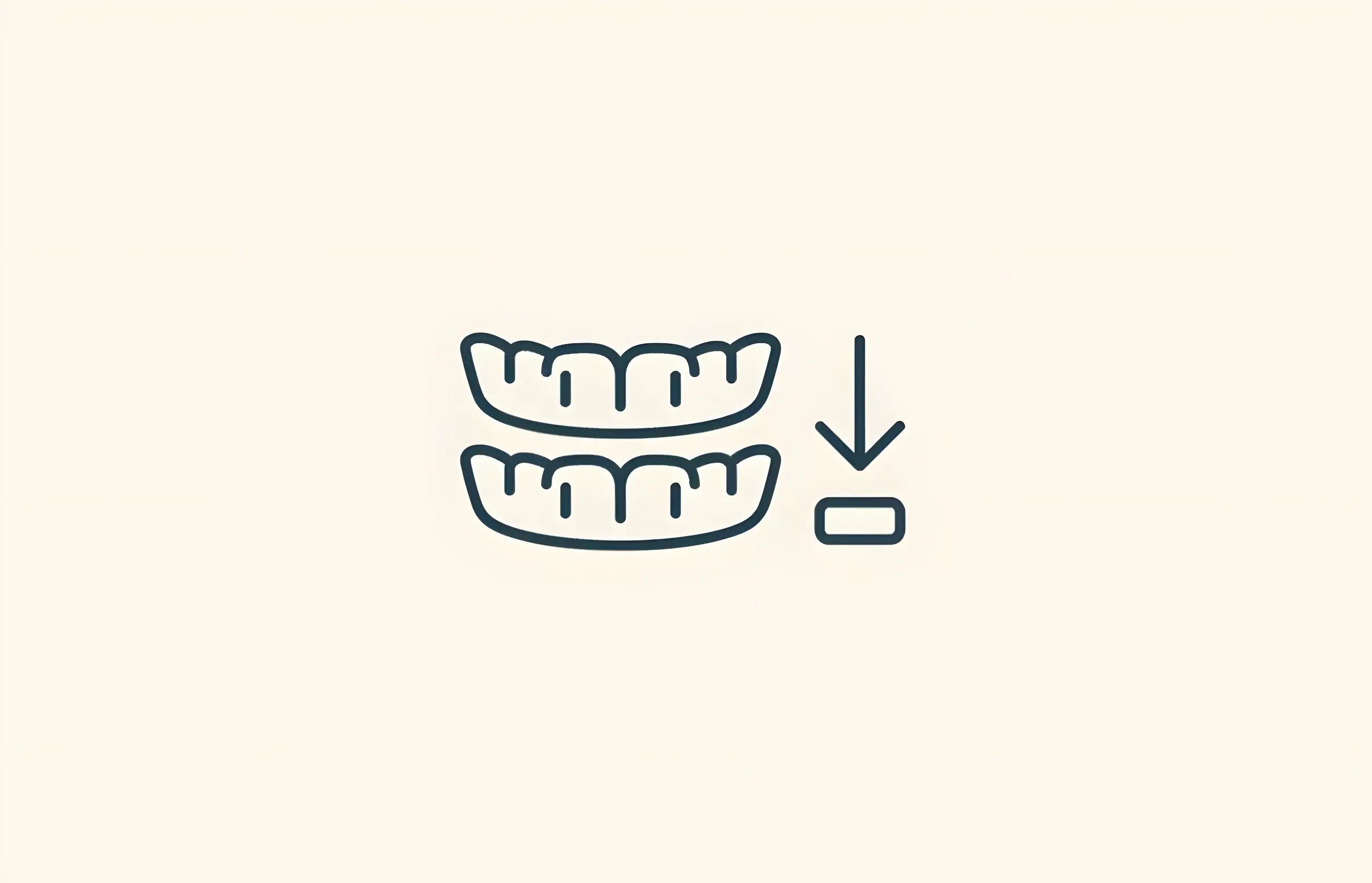
Do It Yourself Veneers – Removable Veneers For Your Teeth
Comprehensive guide to DIY removable veneers (snap-on, clip-on veneers) including costs, risks, user satisfaction rates, safety concerns, and comparison with permanent dental veneers

Do Temporary Veneers Look Bad?
Complete guide to temporary veneer appearance, materials (PMMA, bis-acryl), aesthetic outcomes, patient satisfaction, complications, and what to expect during the provisional phase

Eating With Veneers
Complete guide to dietary considerations with veneers including foods to avoid, staining resistance (coffee most problematic), fracture risk, care tips, and maintaining your investment
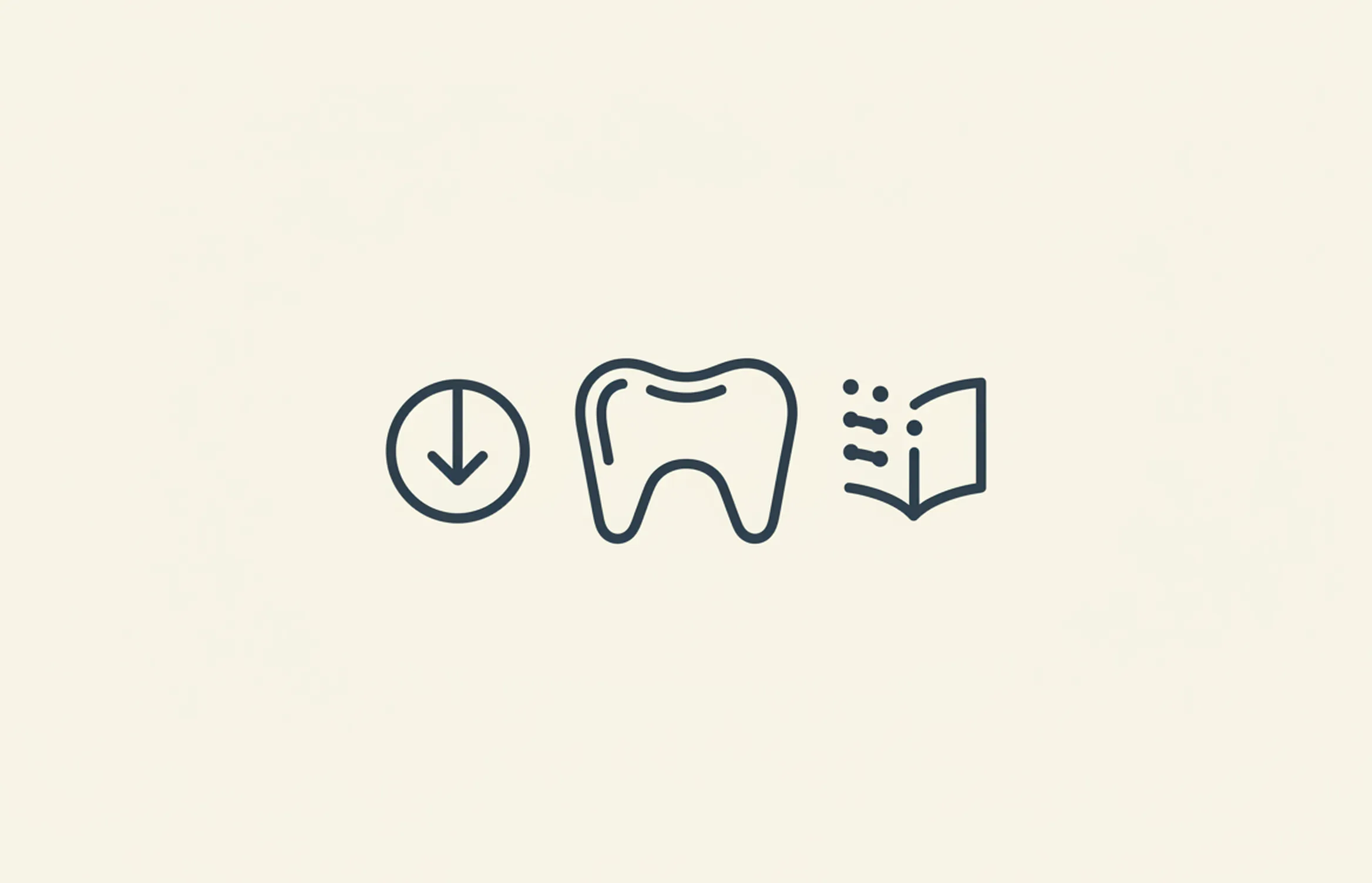
Instant Veneers – Costs and Information
Complete guide to instant veneers including prefabricated composite veneers, how they work, costs, and comparison with traditional porcelain veneers

How Much do Lumineers for Teeth Cost?
Comprehensive guide to Lumineers costs including pricing factors, no-prep procedure advantages, Lumineers vs traditional veneers, treatment process, longevity, and cost-saving options

Lumineers vs Porcelain Veneers
Comprehensive comparison of Lumineers and traditional porcelain veneers, including differences, costs, longevity, and which option is best for your smile

No Prep Veneers – Costs and Information
Complete guide to no-prep veneers including Lumineers and Vivaneers, covering costs, benefits, who can have them, and how they compare to traditional veneers

Press On Veneers – Costs and Information
Learn about snap-on veneers including costs, how they work, longevity, care instructions, and whether they're a worthwhile alternative to permanent veneers
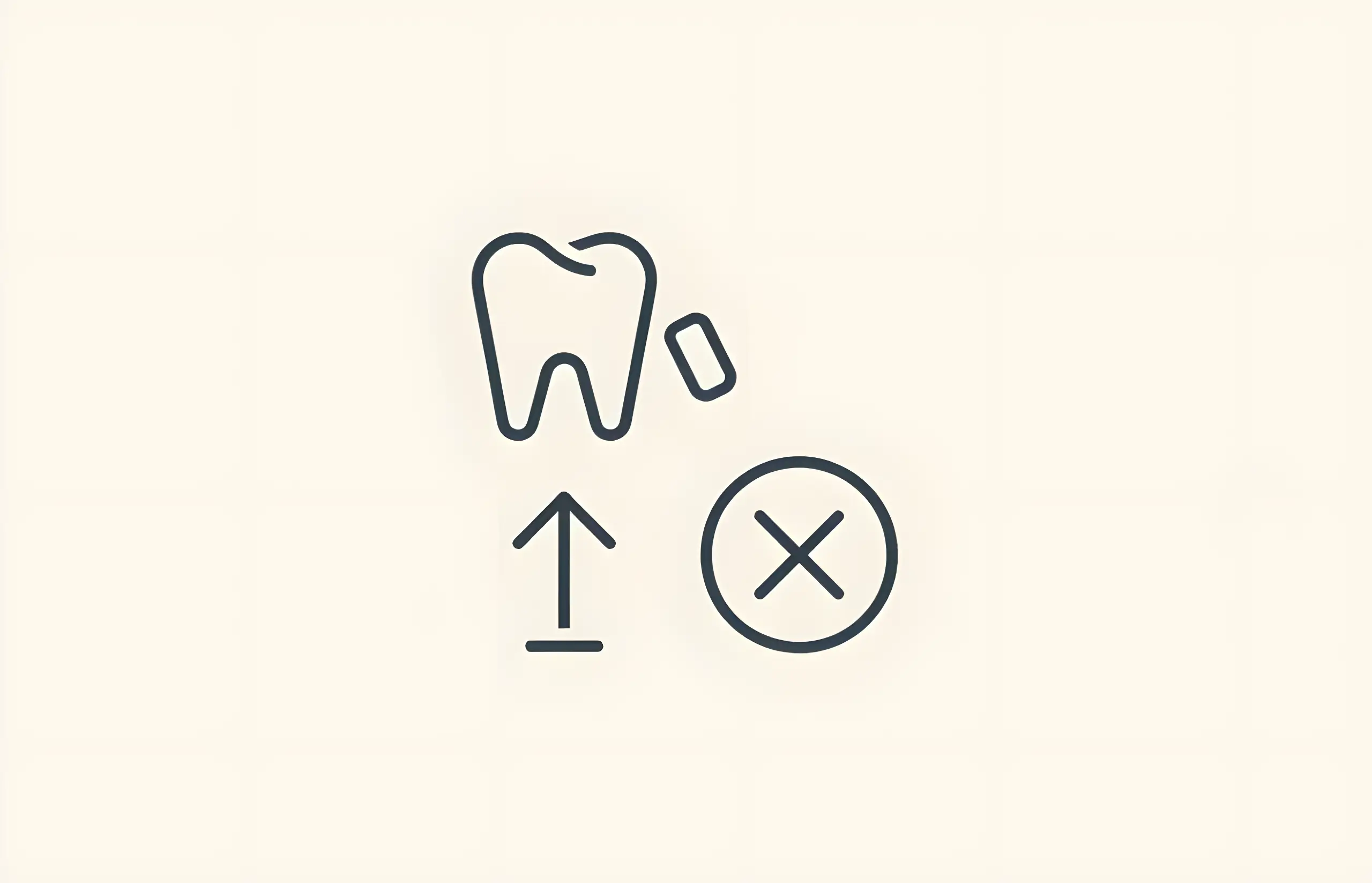
What To Do If Your Temporary Veneers Are Falling Off
Essential guide to protecting temporary veneers: what they are, foods to avoid, and when to see a dentist if they become loose or fall off
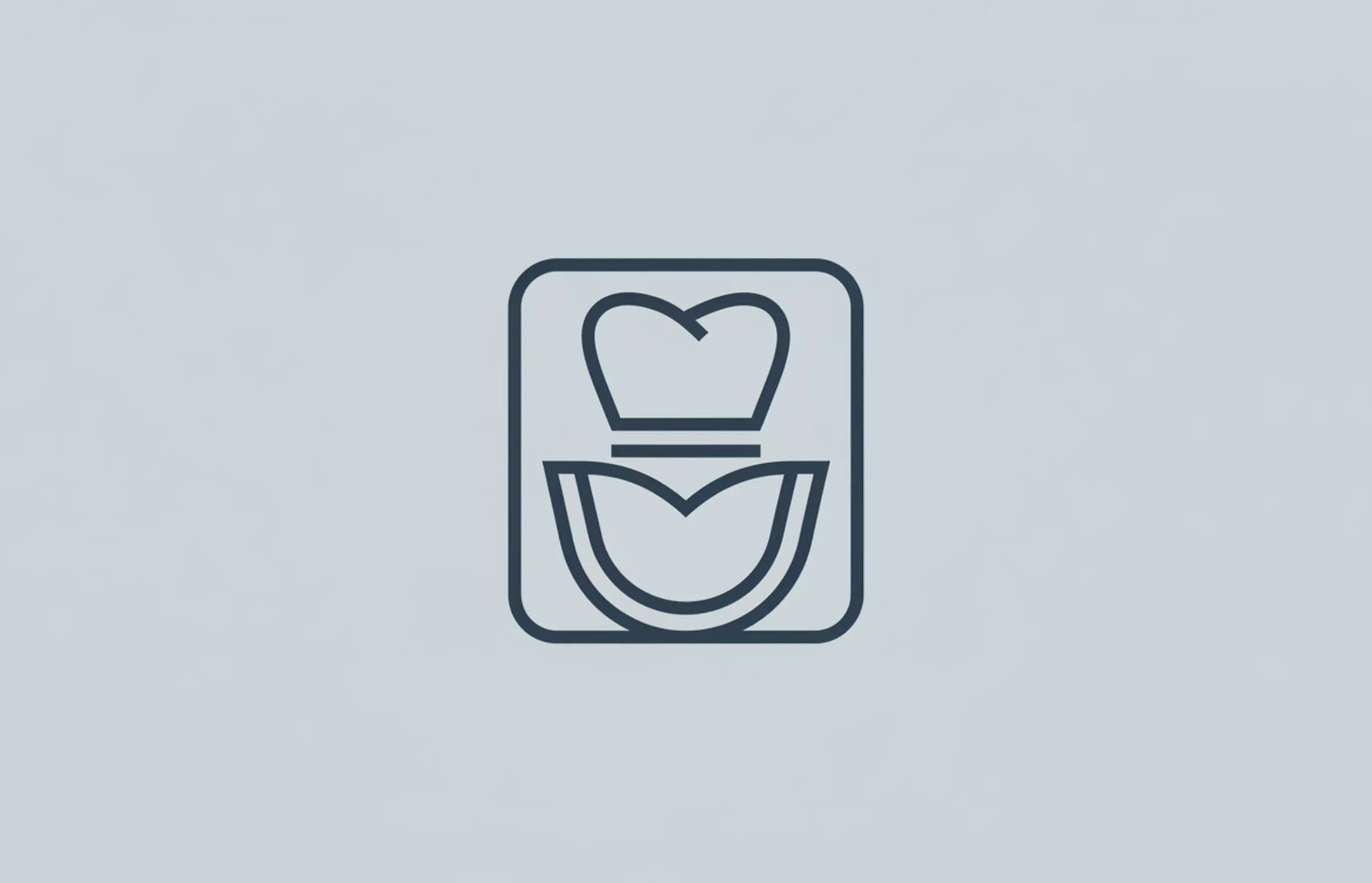
Can You Put Veneers Over Crowns?
Comprehensive guide to placing veneers over crowns, why it's generally not recommended, bonding challenges, crown survival rates, and alternative treatment options

What Can't You Eat with Veneers?
Learn about dietary restrictions for veneers including foods to avoid with temporary and permanent veneers, staining risks, and tips for protecting your investment
About The Dental Guide
The Dental Guide is a trusted online resource providing evidence-based information about dental health, treatments, and procedures. Our content is created and reviewed by qualified dental professionals to help you make informed decisions about your oral health.
Our Mission
- Evidence-based dental information
- Expert-reviewed content
- Clear, accessible explanations
- Latest treatment options
- Patient-focused guidance
Editorial Standards
- GDC-registered dental professionals
- Peer-reviewed sources
- Regular content updates
- Medical accuracy verification
- Transparent authorship
Important Notice
The information on The Dental Guide is for educational purposes only and should not replace professional dental advice. Always consult with a qualified dentist for diagnosis and treatment recommendations tailored to your individual needs and circumstances.
Medically Reviewed
Reviewed by Dr. Nasim Mechoui , BDS (Bristol)
Share this article
Comments & Discussion
Have questions about dental implants? Share your thoughts or experiences.
